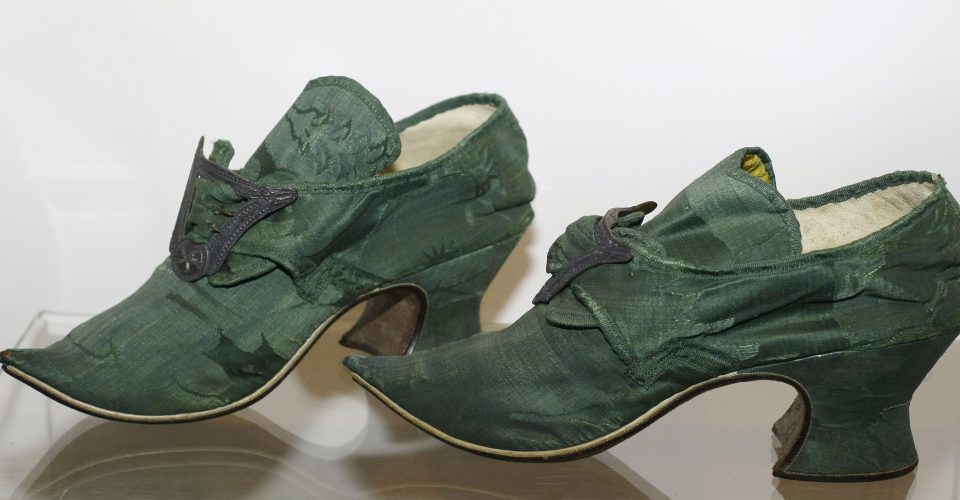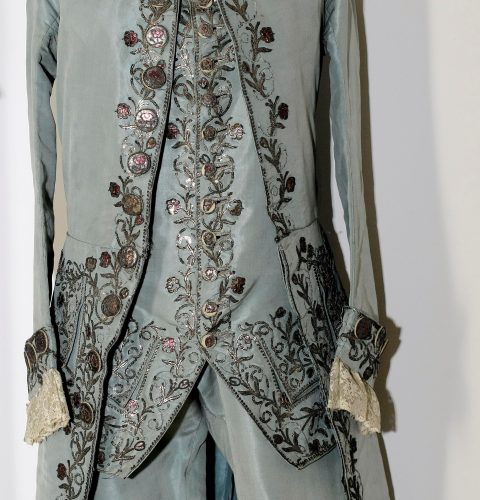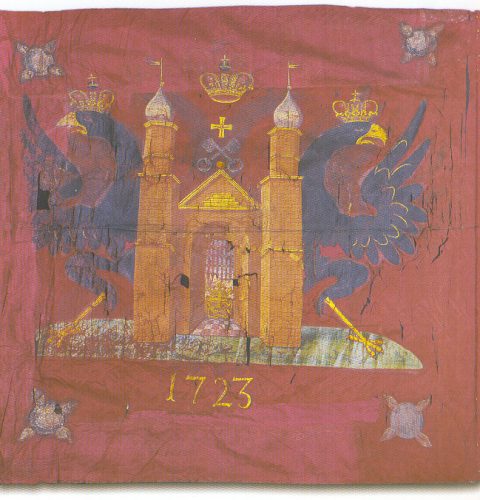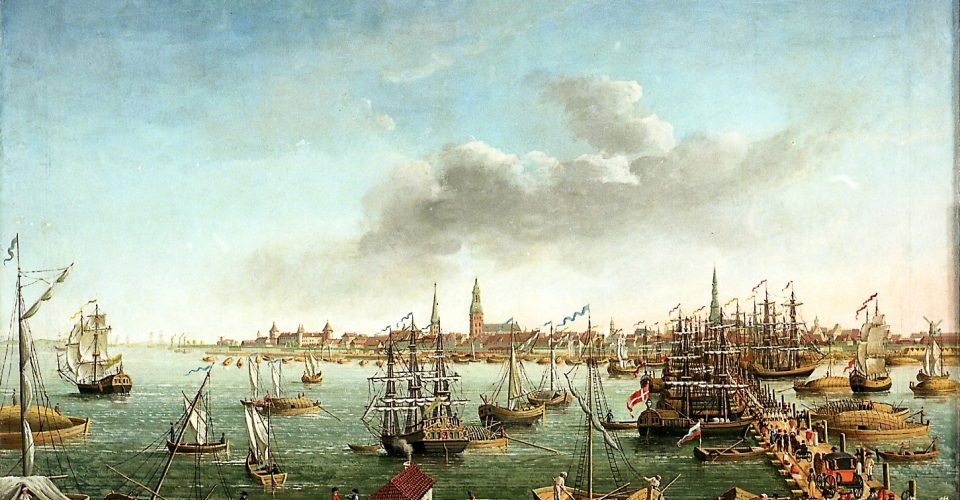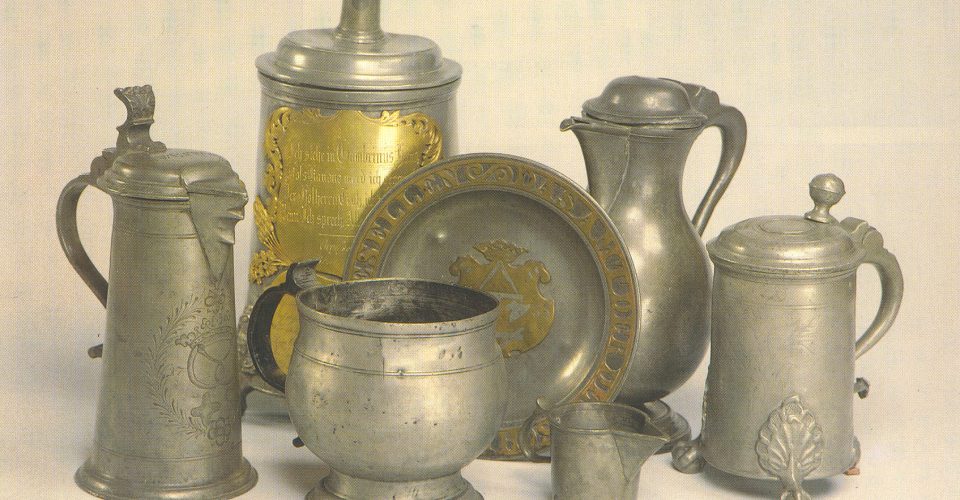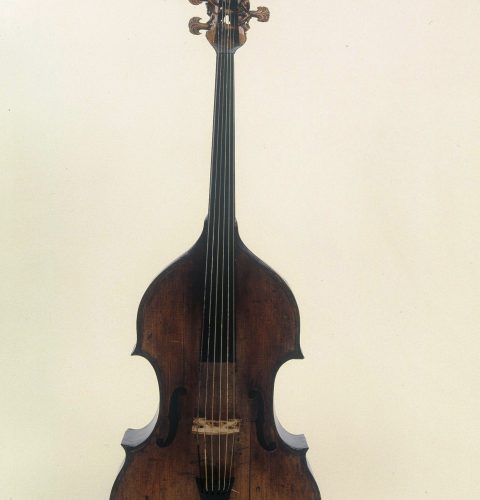History
The Museum collection of items of cultural and historical value is diverse and rich – altogether around 200 000 objects, spanning the period from the 14th century to the present day.
A considerable part of them is the handicraft of local craftsmen – examples of the applied arts of the time. They bear evidence of the exquisite craftsmanship of Riga’s artisans as seen in the Riga goldsmiths’ and pewter-casters’ artefacts, crafts chests, batons, signboards, furniture, lighting fixtures, locks and keys, bronze canons and mortars, and many other objects used by citizens in their everyday life, in various public organisations and institutions. Side by side there are instruments used by carpenters, furniture makers, blacksmiths, watchmakers and other craftsmen.
Over time the collection grew at the expense of objects related to the 19th–20th cent. produce of the local industrial enterprises. There is a vast array of Riga-produced porcelain, glassware, ceramics and jewellery, samples of fabric, radios and telephones, and other objects.
Besides, there is a rich collection of items which came to Riga, an important trading city, from Western Europe, Russia, and even from Eastern lands. Most of the porcelain and faience collection are objects produced in Meissen, Berlin, Sevres and other workshops and factories of Western Europe and Russia. The Museum possesses the early 18th cent. Russian and 19th–20th cent. West European glassware, individual examples of West European and Russian furniture, and musical instruments. In the rich weaponry collection the largest group comprises weapons made in West European workshops as well as in Russian small-arms factories and in the East. The Museum collections have preserved evidence of the objects used by citizens of Riga: samovars and silver-plated tableware of West European and Russian make.
West European, particularly English, timepieces are richly represented.
The Baltic richest collection of costumes, footwear, adornments, headdress, gloves, parasols and umbrellas, bags and other accessories creates an impression of the visual image of Riga’s citizens and their style in clothing from the 18th century to our day. The tastes of the time are reflected in the vast handiwork collection.
Invaluable for the study of Riga’s history are the unique collections of the Riga metrology, cartography, sphragistics, as well as banners and written sources of various institutions, organisations and historical events.
Among the most important collections is the collection of Riga’s views, mostly as paintings and works of graphic art. For the latter, a special place is occupied by panoramas of Riga, from the earliest known (1547) to the middle of the 19th century. The Museum 17th–20th collection of portraits, comprising both paintings and graphic works, ranks one of the largest among Latvia’s museums: there are portraits of the Eldermen of the Big and the Small Guilds, statesmen and military leaders, cultural workers, educationists and private persons, also portraits of sovereigns of Sweden, Poland, Russia and other countries.
Riga’s visual image is widely reflected in the rich photothéque, also in the collection of postcards. The photothéque includes collections of works by outstanding Latvian photographers – old masters, like Roberts Johansons, Vilis Rīdzenieks and Krišs Rake, and modern artists of photography, like Leons Balodis, Gunārs Binde, Gunārs Janaitis and others.
The Museum collection of sculpture contains the 15th–16th cent. wooden sculptures which used to adorn the interiors of Riga’s churches and public buildings, also fragments of moulded stone decors of Riga’s houses.





